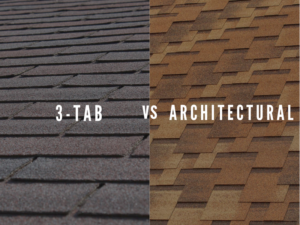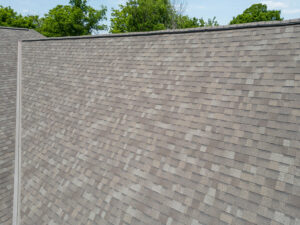Tips and Techniques For Installing Your Gable Roof Framing Properly
Gable roofs are a timeless and classic roofing style that has been used in residential buildings for centuries. These types of roofs are popular among homeowners due to their attractive appearance, durability, and ability to withstand strong winds and rain. While gable roofs may appear simple from the outside, they require careful attention to detail during the installation process in order to ensure optimal performance. In this article, we will provide an overview of the components of a gable roof, how it is framed correctly, as well as offer various tips on how best to install your gable roof framing for maximum protection against extreme weather conditions.
The main components of a gable roof include the trusses, rafters, ridge boards and fascia. The trusses are the structural members that form the framework for the entire roof structure. They span from one side of the building to the other, forming an inverted V shape at their peak (or apex) where they meet in the center. Rafters provide support to each side of this peak and create a sloping surface along which rainwater can run off. Ridge boards are used to connect two or more sections of a gable roof together, while fascia boards cover up any exposed edges along the eaves, rakes and gables.
When framing your gable roof correctly, it is important that all the components are secure and properly supported. Start by making sure that the trusses are installed correctly and meet at the peak in the center of the roof. Make sure to use metal bracing or hangers to ensure that they are securely attached to the building walls. The rafters should then be installed perpendicularly, running parallel with each other at either side of the trusses. At this stage, you should also install your ridge boards as well as any fascia boards needed.
In addition to proper framing techniques, there are some key tips and tricks you can use when installing a gable roof for optimal performance:
- Install a vapor barrier between your attic insulation and roofing material in order to prevent moisture damage from happening
- Make sure that all components of the roof are fixed firmly in place with nails or screws
- Be wary of potential hazards such as nearby trees, power lines and other structures that could obstruct your view when working on the roof
- Check for any signs of rot or decay before beginning to install the new roofing material. Address any concerning areas before continuing with installation.
- Consult a professional if you’re unsure about anything during the installation process.
Installing a gable roof is a complex task and it is important to take extra care while doing so. Following these tips can help ensure your gable roof is safely and correctly framed and installed, providing your home with adequate protection against extreme weather conditions. Good luck with your project!



